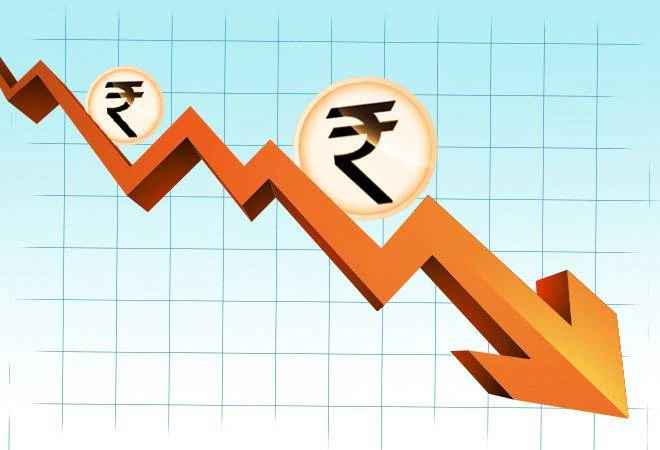Font size:
Print
India’s Aerosol Paradox
Context: India stands at a critical environmental crossroads, grappling with a complex dilemma: efforts to curb aerosol air pollution—tiny particles released from industrial emissions, fossil fuel burning, and biomass combustion—could inadvertently intensify atmospheric warming.
More on News
- As the nation races to clean its skies, experts warn that the outcome may be hotter summers and more frequent, severe heatwaves in the coming decades.
- The country’s relatively slow warming trend, compared to other parts of the Northern Hemisphere, has puzzled scientists.
- According to data from NASA, India has warmed only about half as much as other regions since the mid-20th century (using 1951–1980 as the baseline).
- Researchers suggest that two major factors—heavy aerosol concentrations and widespread irrigation—could be playing a role in suppressing local temperature rises.
In an interview with Down To Earth, Bhargav Krishna, convenor of the Sustainable Futures Collaborative (SFC) and head of its environmental governance and policy division, delves into the health impacts of this crisis and the challenges India faces in balancing air quality with climate adaptation.
Health Toll of Aerosol Pollution
- Several studies have quantified the health burden of air pollution in India, both from short- and long-term exposures.
- The Global Burden of Disease study and the State of Global Air report by the Health Effects Institute estimate around 2.1 million deaths annually due to air pollution in India.
- Short-term impacts, such as daily fluctuations in pollution levels, have also been studied in-depth, including in SFC’s own research.
No Easy Timeline for Relief
- There is no specific time when India might expect to bring air pollution-related mortality to manageable levels.
- There is a need for deeper research into how aerosols influence both local warming and the compounded health effects of pollution and extreme heat.
- Addressing air pollution involves more than technical fixes: it demands a coordinated approach that integrates climate mitigation, public health, and cross-sector policy.
Tackling the Warming Aftermath
- As aerosol levels drop, surface warming could intensify—a troubling side effect that complicates India’s efforts to improve air quality.
- Significant steps have been taken nationally to address heat-related risks and illnesses.
- Still, as pollutants like sulphur dioxide and PM2.5 decrease, another hazard looms: ground-level ozone.
- So far, ozone levels have remained relatively manageable, but they are likely to rise during summers as heat and sunlight increase.
- This shift brings new challenges not just for health, but for agriculture, labour productivity, and infrastructure planning.
Government Response
- When asked whether India is doing enough, experts acknowledged the state’s crisis-management capabilities in dealing with floods, cyclones, and extreme heat.
- However long-term planning remains a weak spot. The Indian state has not yet built the capability to integrate these concerns into long-term planning and policy implementation.


